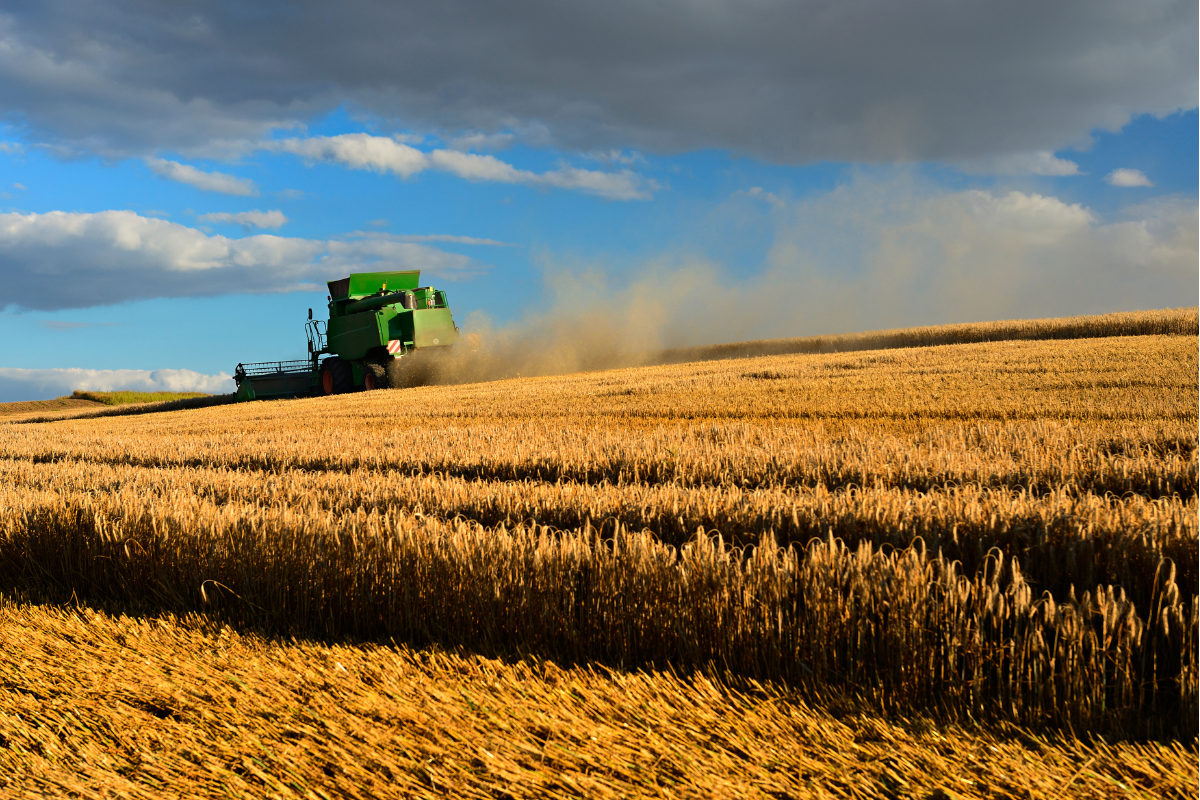Canadian farmers face unpredictability in all operational aspects, such as volatile markets and weather extremes. Navigating this unpredictability requires strong management and robust support systems. AgriStability is one of those key support systems that can provide a level of stability to help Canadian farmers navigate the challenges they face.
The program was designed to help manage the ups and downs of farm income and is a cornerstone of risk management for farmers across Saskatchewan and Canada. Let’s dive deeper into what AgriStability offers and how it can be a game-changer for your farm.
AgriStability Program Overview
At its core, AgriStability is a Business Risk Management program that guards against significant declines in farming income. It is a margin-based program, meaning it focuses on your profit margin, which is the difference between your qualifying revenues and expenses. Participation in the program each year requires enrollment, payment of a fee, and submission of specific forms within the program’s strict deadlines.
A critical aspect of AgriStability is understanding how payments are calculated. For the 2023 program year, if your production margin drops more than 30% below your historical reference margin, AgriStability covers 80% of that loss.
In other words, if your reference margin is $100 and your production margin for a particular year is $50, then you would qualify for a payment of $16 for that year (70% of $100 = $70 – $50 = $20 eligible loss x 80%). This calculation is central to the program’s design, offering a substantial safety net when you need it most.
Key Dates and Fees
- April 30th: Enrolment and fee deadline for the current year
- September 30th: Submission deadline for the previous year’s Agristability forms without penalty
- December 31st: Submission deadline for the previous year’s Agristability forms with a potential penalty if in a payout position , and deadline to pay registration for the current year with penalty.
Your fees are based on your previous year’s contribution reference margin, plus an administration fee of $55 . The fee is calculated as 0.45% of your contribution reference margin, multiplied by 70%. For new participants, fees are calculated using a three-year industry average.
Calculation of Production Margins
Production margins are calculated by subtracting allowable expenses from your allowable income, with adjustments for changes in inputs, deferred income, accounts receivable and accounts payable. Changes in crop and livestock inventories are also considered.
The reference margin is an average of your production margins over the past five years, excluding the highest and lowest years. If you don’t have five years of history, it is based on the last three years only. New farmers are provided with a reference margin that is created for them based on industry averages.
Program Benefits and Payments
Once your application is processed, you will receive a Calculation of Program Benefits statement that outlines how your benefit was calculated and any payments you are eligible for. The maximum payment for any given year is $3 million.
Advance Payment Options
- Interim Payments: Based on estimates of your previous year’s production and reference margins. Applications for this can be submitted by March 31st.
- Targeted Advance Payment: In years when specific sectors or regions need timely cash flow, governments may issue advance payments based on the industry average decline.
Benefits of AgriStability
AgriStability isn’t just a government subsidy, it is a comprehensive risk management tool. It offers a whole-farm approach, meaning it looks at your entire farming operation and not just parts of it. This is crucial because it ensures that you are covered for a wide array of risks that can impact your farm’s income.
Whether you are dealing with market fluctuations, declines in yields or unexpected increases in costs, AgriStability is designed to help you navigate these challenges. It is about keeping your farm viable when conditions cause your bottom line to drop substantially.
Program Management and Delivery
AgriStability is a joint effort between the federal and provincial governments. The cost is shared on a 60/40 split – 60% federally and 40% provincially. This partnership means that the program is tailored to work across the country while considering the unique challenges faced by farmers in each region.
Some provinces deliver the program provincially while others are administered by the federal government, so delivery of the program may vary slightly depending on where your farm is located.
Comparing AgriStability with AgriInsurance
AgriStability isn’t the only program available to help navigate challenging results. AgriInsurance is another key player in the agricultural support scene. However, while AgriInsurance focuses mainly on yield loss due to natural occurrences such as frost or excessive rain, AgriStability is much broader.
AgriStability is designed to cover a wider range of risks, including drops in market prices or spikes in costs. Understanding the differences between these programs can help you determine the best way to protect your farm utilizing a combination of both of them.
Challenges and Criticisms
No risk management program is perfect, and AgriStability has its fair share of challenges and drawbacks. Some feel the program could be more responsive and/or easier to navigate. Understanding the program’s drawbacks is important for making informed decisions about whether AgriStability is right for your farm.
It is also important to monitor the program for any proposed changes and how those changes may create or reduce some of the program’s challenges as they relate to your farm.
Future Outlook and Proposed Changes
The agricultural sector is always changing, and programs like AgriStability are also always changing to try and adapt. There have been talks about updating the program to better meet the challenges of modern farms.
This could include changes in how payments are calculated, or adjustments to eligibility criteria. Staying informed about any potential changes from year to year can help you better plan for the future of your farm.
Conclusion
AgriStability is more than a simple safety net. It is an integral part of maintaining the financial viability of Canadian farms. With its comprehensive coverage and support, it plays a vital role in helping farmers navigate the complex world they operate within.
Staying informed and engaged with AgriStability can make a significant difference in the resilience and success of your farming operations.


